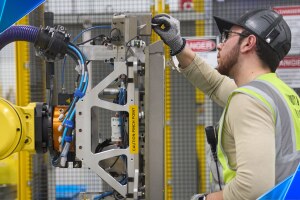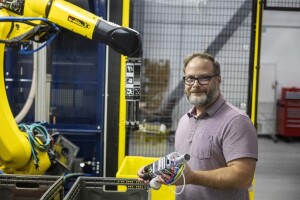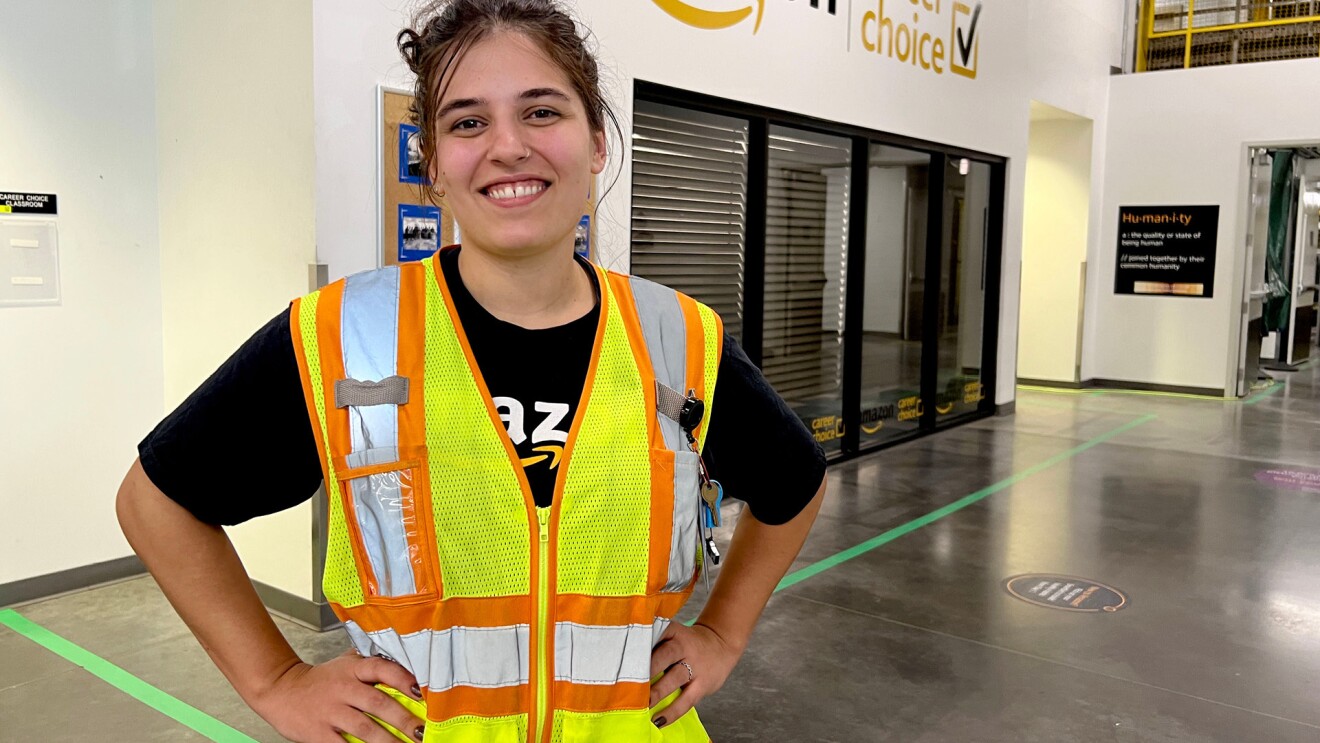I’m Fidel Zapata, and I’ve been working with robots at Amazon’s fulfillment center in Nashville, Tennessee, for five years. It’s been exciting to see the new and unexpected ways robotics can be incorporated into every facet of our job to make things safer and more efficient. I’ve also experienced firsthand how Amazon’s robotics can open up amazing career development paths that allow people to rapidly advance their skills and responsibilities.
I started at Amazon as a reliability program manager and relocated from Texas after meeting my wife in Nashville. Once I got to Amazon, I took advantage of training and opportunities to move up to a maintenance manager position over the past few years. I was actually part of the original maintenance team that launched the Nashville site, working to set up the restricted robotics floor, installing predictive maintenance tools and sensors, and all those things that keep the location’s robots running.
During the preparation for launch, I was able to travel to various sites across our operations network and benchmark best practices while learning from leaders at Amazon. Growing my network and learning from others has been one of my favorite memories here. Launching our site in Nashville was an amazing experience that prepared me to work with new technologies—an area that is always expanding in Amazon.

I spend most of my day working with robots and leading my team, focusing on making things run as smoothly as possible with our robots and how they support our employees every step of the way as we work to get orders out the door. One of the coolest things about our Nashville center where I work is the outbound dock, which completely reimagines how this area of the site operates.
An array of robots
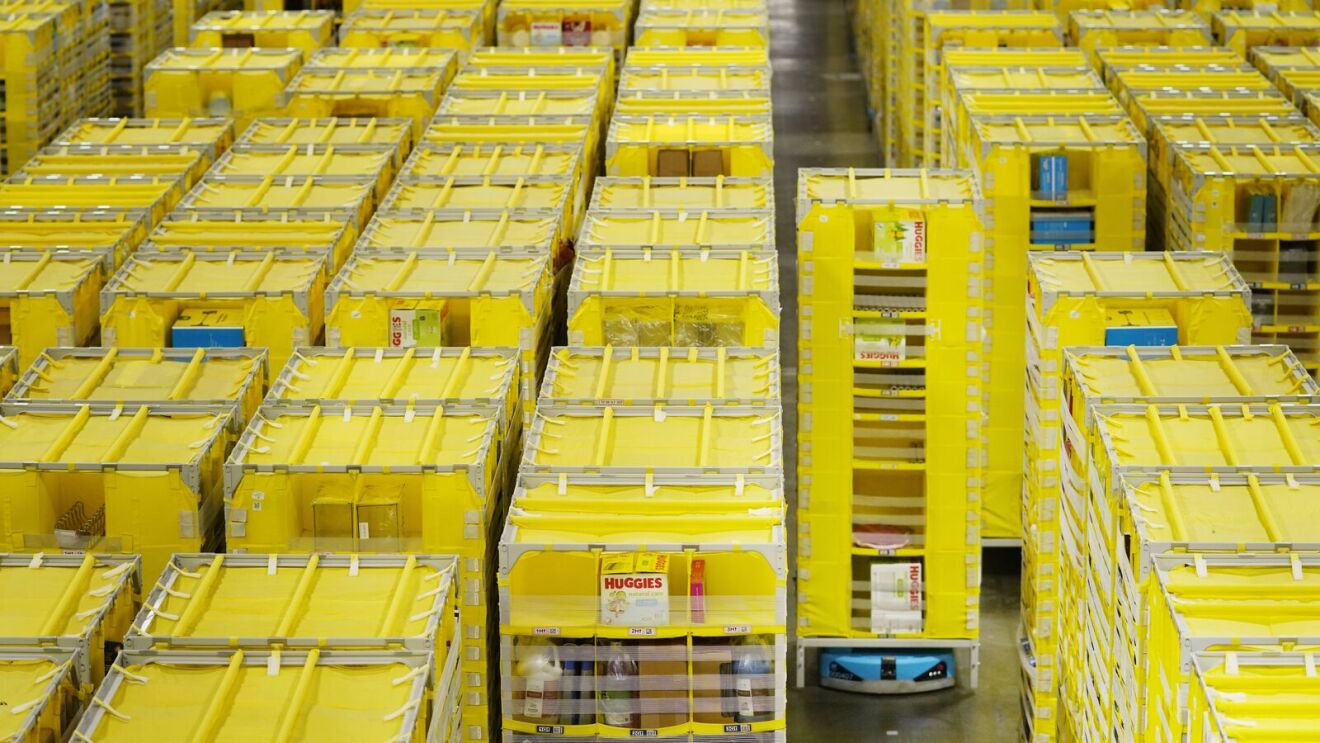
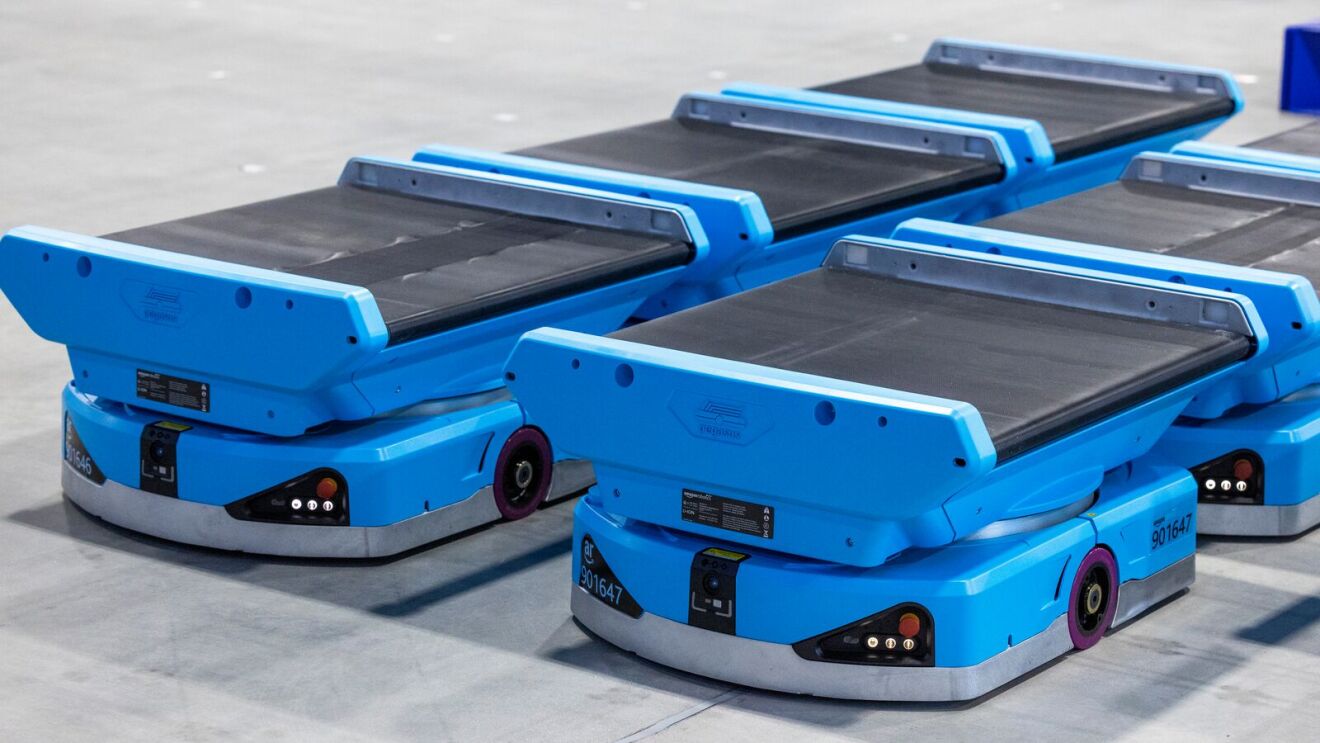
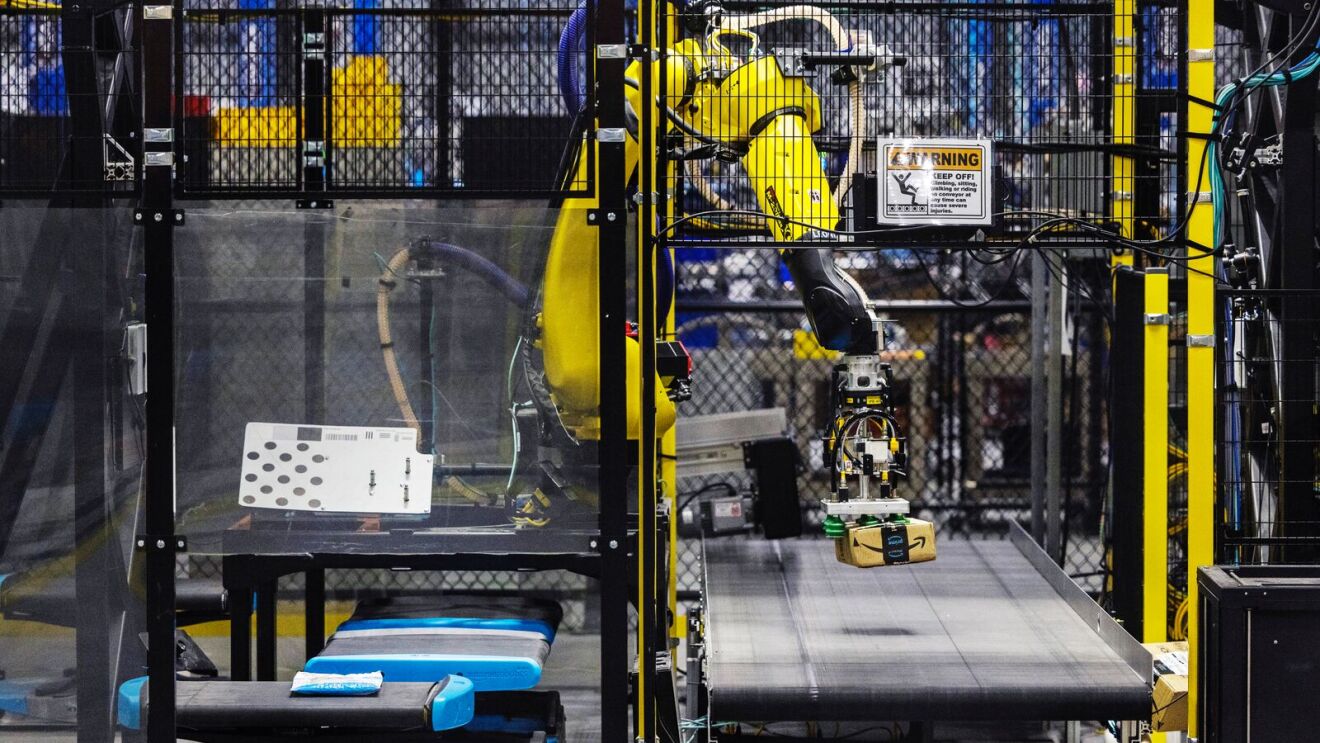

Then there’s the Proteus robot, which is one of our newest and most advanced robots. Unlike the other robots that operate in a structured field, on a robotics floor that uses a specialized safety system and tech vests for a person to access, Proteus is actually able to sense humans and objects around them and move in open, unrestricted spaces. So, if you move within its radius, it will slow down and realize you’re there to make sure you don’t get in each other’s way.

Thanks to that, Proteus can move around the floor alongside employees, carrying packages to the outbound dock. Basically, Proteus moves carts of orders and takes it to the final destination within a fulfillment center. The technology behind it all is really amazing.
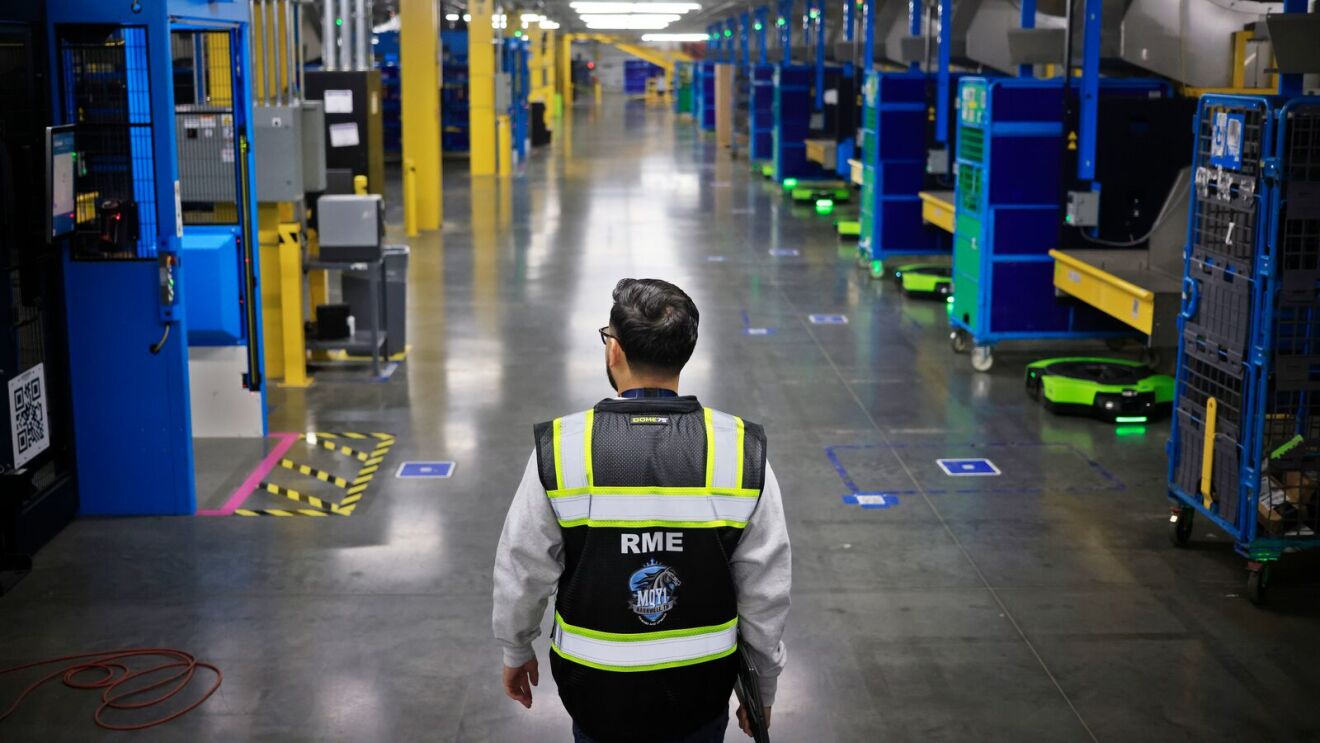
How robots create more opportunities
Having these robots working with employees doesn’t just make things more efficient, it also creates new roles and opportunities for more people to work in robotics maintenance. As this technology evolves, so does the need for skilled jobs to keep everything running smoothly. Instead of someone pushing and pulling a cart filled with packages, that person can be trained to maintain the robots that provide that help and support. It’s a really collaborative environment, seeing just how all the pieces and the people work together.
My team and I work a lot on helping make the robots more efficient. This includes trying to anticipate repair parts that will be needed, watching for trends to identify why certain things are happening, and making small improvements every day to help things run more efficiently.
Just figuring out all those little things—like monitoring power distribution, how the robots react, and the most efficient way to control the air system in a Cardinal arm—helps make everything work the best it can. There are so many lessons to learn along the way, and that’s been a really exciting part of my job.

A wealth of training and upskilling options
I had a degree in mechanical engineering and a background in maintenance technology when I came to Amazon. I was immediately impressed by the wealth of training resources available to Amazonians, particularly Amazon’s Mechatronics and Robotics Apprenticeship. Through hands-on learning, training in the lab and on the floor, and mentorship from experienced leaders who are always willing to offer advice, the apprenticeship provides invaluable preparation for new opportunities.
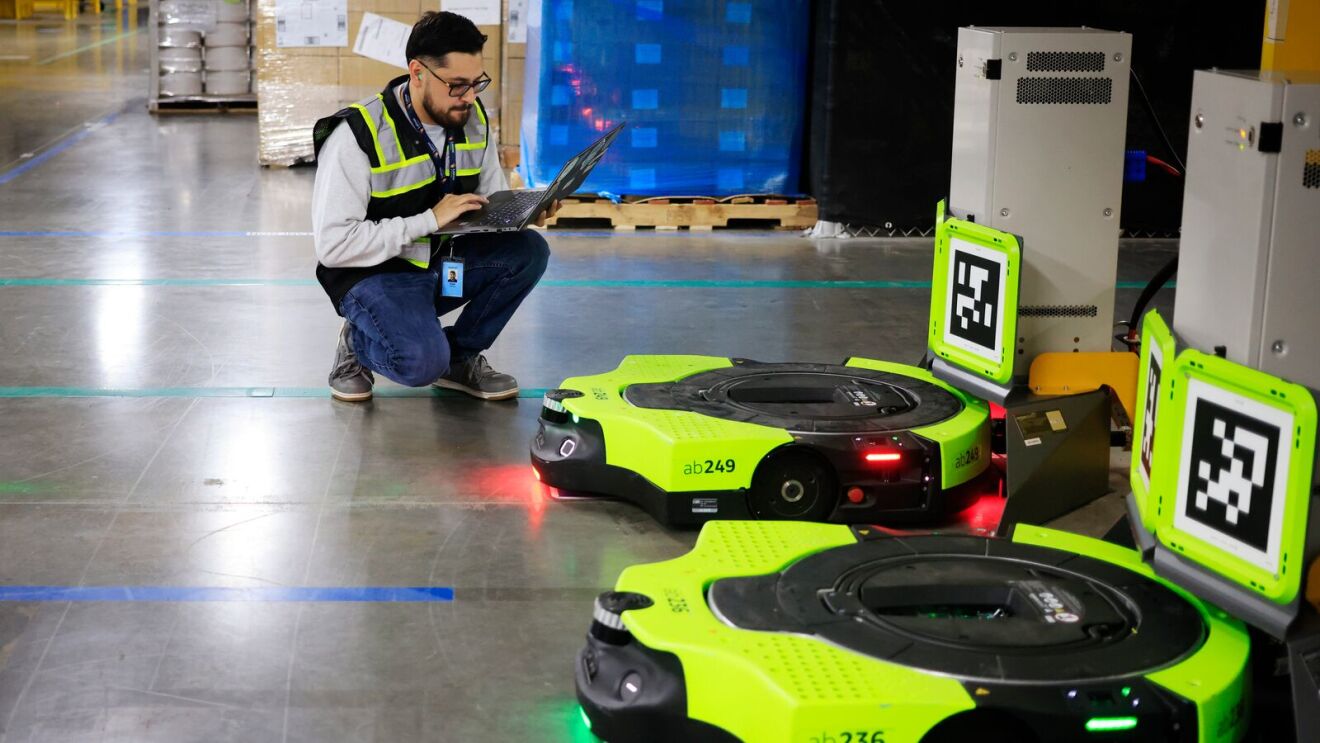
The opportunities for upskilling and advancement are key advantages of working at Amazon. In addition to the robotics apprenticeship, there are other programs like the prepaid education program, Career Choice, Amazon Web Services (AWS) Training and Certification, and more.
Within our maintenance apprenticeship program in Nashville, we currently have 12 former employees cross-training from different areas in the fulfillment center who will be able to start new careers in robotics maintenance. It really only requires some basic knowledge and a willingness to learn more about the field to get started. It’s a great trajectory and a way to start a maintenance career, as robots provide more and more opportunities for long-term success in this rapidly growing field.
I’m incredibly grateful to Amazon for the opportunity to lead a team and work with this cutting-edge technology. Every day I get to see firsthand how we’re pushing the boundaries of what’s possible with robotics, and how they can make my job safer and more efficient. I’ve learned so much here and can’t wait to see what innovations come next.
Trending news and stories


